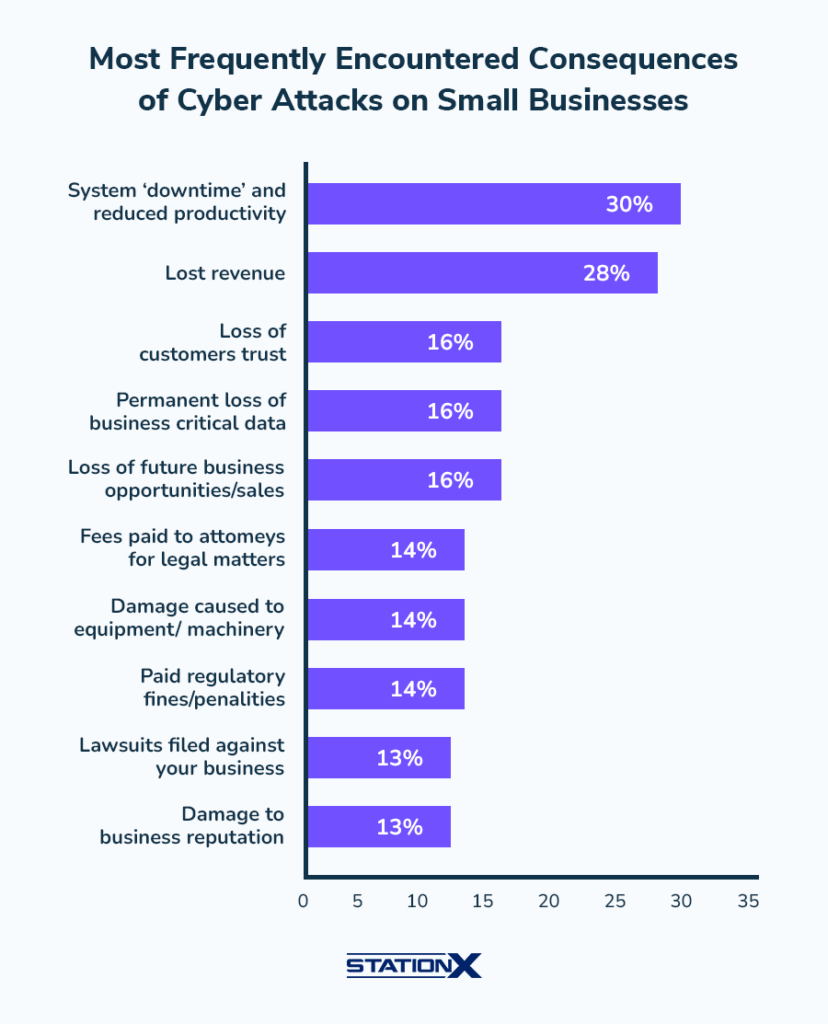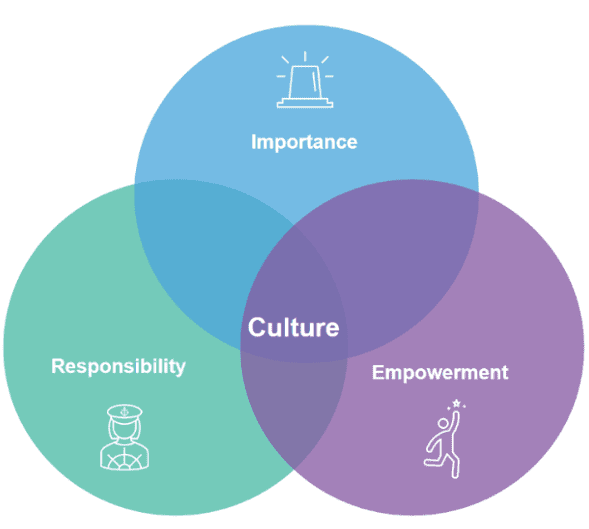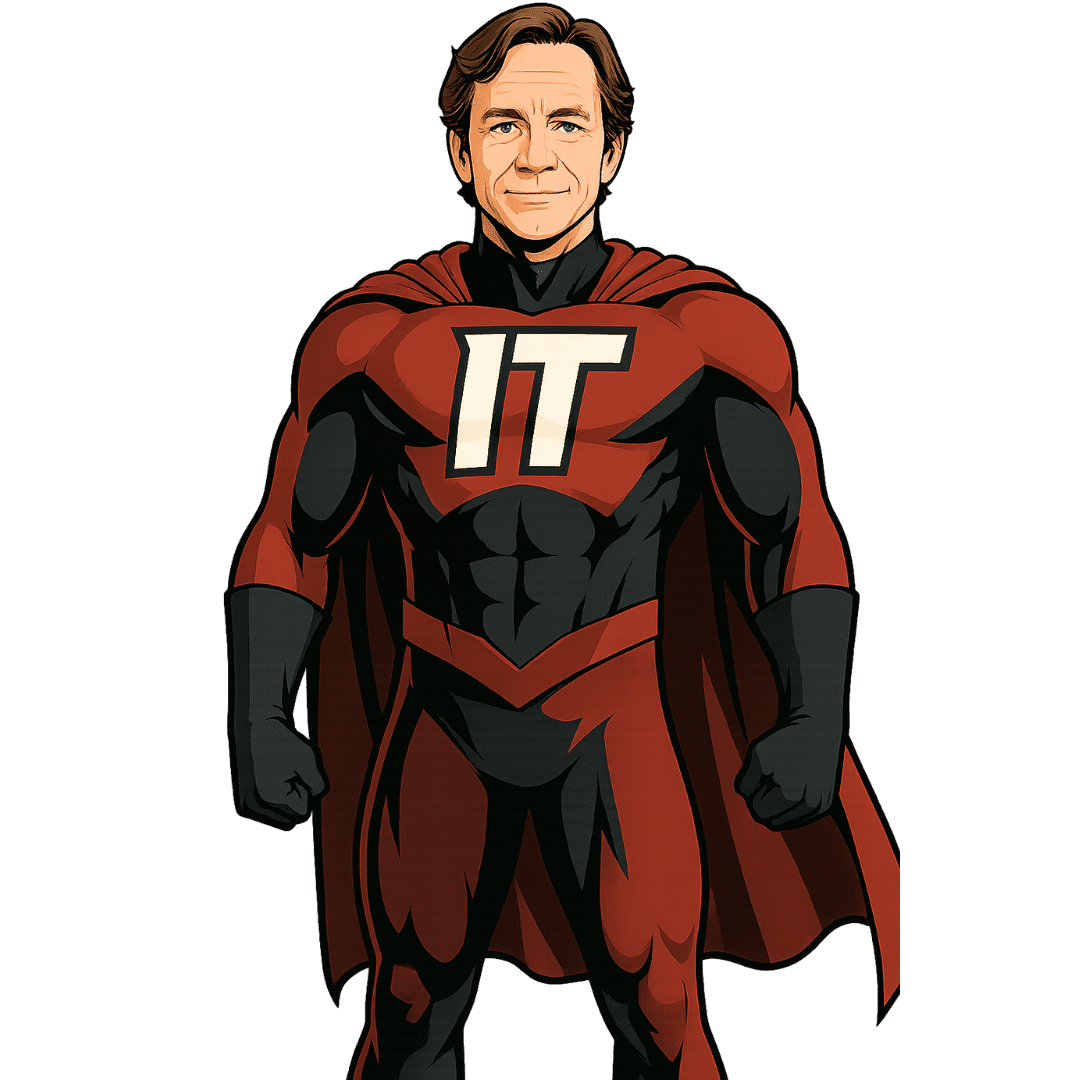Why should I wear a seatbelt if I have never been in an accident? Many business leaders think about business cybersecurity protection the same way. The reality is that accidents happen before you know it, both on the road and in the digital world. Business cybersecurity protection is like a seatbelt for your company’s online infrastructure. It lowers the risk, reduces damage, and ensures your company has a chance when the unexpected does happen. Ignoring it only increases the cybersecurity breach cost when an attack eventually does happen.
Business Cybersecurity Protection: The Power of Prevention
A seatbelt won’t prevent a car crash, but it does minimize or prevent the worst-case scenario. Business cybersecurity protection is similar in that it should be a proactive measure for safety, to prevent a problem before it happens.
Safeguards like 24/7 monitoring, EDR, and firewalls aren’t 100% foolproof, but they ensure attacks are caught early and damage is minimized. But they are essential parts of cybersecurity best practices. For small and mid-sized businesses, prevention is not optional. In one study of 5,000 small to mid-sized businesses, 46% had experienced a cyberattack, with one in five having to file for bankruptcy or shut down.
Cybersecurity Breach Cost vs. Cost of Protection
Driving without a seatbelt could make even a small accident considerably more expensive. Running an organization without any business cybersecurity protection does the same. The cybersecurity breach cost could include losses from downtime, regulatory fines, lost customers, and reputational harm that could take years to repair.
66% of consumers would not trust a company following a data breach. The risk of a cyberattack is too high compared to the investment that prevents disruption and protects your bottom line.

Photo by StationX
Cybersecurity Best Practices: Learning from the Enterprises
Large enterprises set the standard by showing what works. They invest heavily in cybersecurity best practices because they believe in the return on investment. In one report, around 96% of large organizations highly prioritize cybersecurity.
While these organizations may have more capital to invest, they don’t spend money if the return is not greater than what they are spending. Cybersecurity best practices they may use are multi-factor authentication, data backups, endpoint detection and response, 24/7 monitoring, and more.
The fact is that smaller companies can follow the same approach and receive similar enterprise-grade protection, without having to hire a dedicated 50-man cybersecurity staff.
A Culture of Safety
Seatbelts have become second nature for people because they recognize their value. Cybersecurity should hold the same place in a business. The responsibility of security isn’t just for IT as if the organization is proactive, then the entire company becomes more secure.
Embedding cybersecurity best practices into everyday habits builds a culture of safety that keeps your organization resilient. Something as simple as using MFA when logging into corporate accounts or having your IT team double-check a sketchy email you received builds a culture of safety. Which in turn keeps your organization resilient.

Photo by Proofpoint
Buckle Up Before the Accident Occurs
You don’t wear a seatbelt because you expect an accident today or tomorrow. You wear it because you know it will protect you from the worst-case scenario. Cybersecurity is the same.
Business cybersecurity protection should be a proactive approach to cyberthreats. You don’t plan on a cyberattack happening, but having no protection is not a proactive approach to business continuity.
We mentioned earlier that small and mid-sized organizations can receive enterprise-grade protection at a fraction of the cost you would expect. This is done through an MSSP such as ourselves. We at Kirkham IronTech offer a proactive approach to IT and cybersecurity to do one thing: protect our clients’ data.

 Tom Kirkham brings more than three decades of software design, network administration, and cybersecurity knowledge to organizations around the country. During his career, Tom has received multiple software design awards and founded other acclaimed technology businesses.
Tom Kirkham brings more than three decades of software design, network administration, and cybersecurity knowledge to organizations around the country. During his career, Tom has received multiple software design awards and founded other acclaimed technology businesses.

